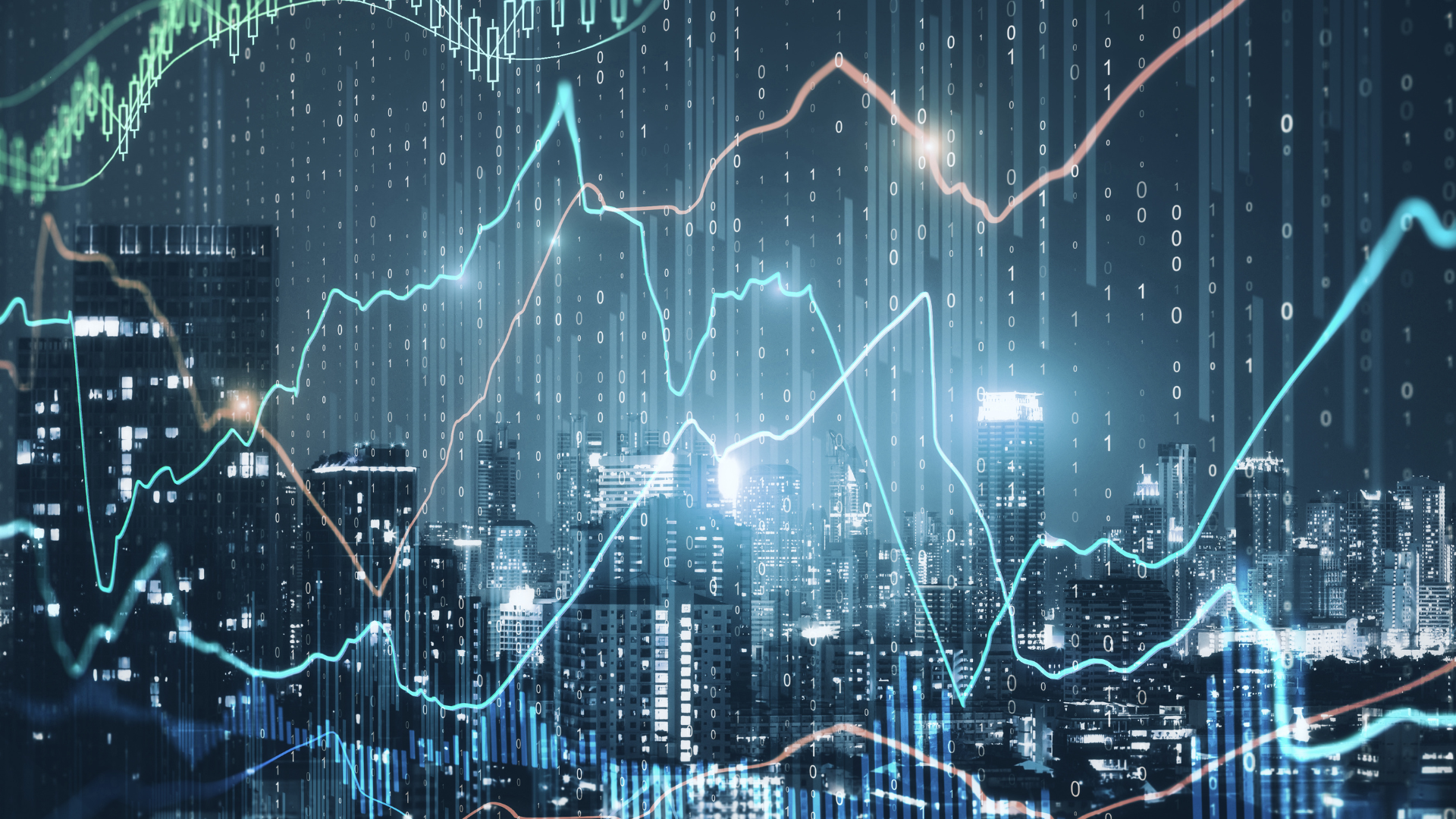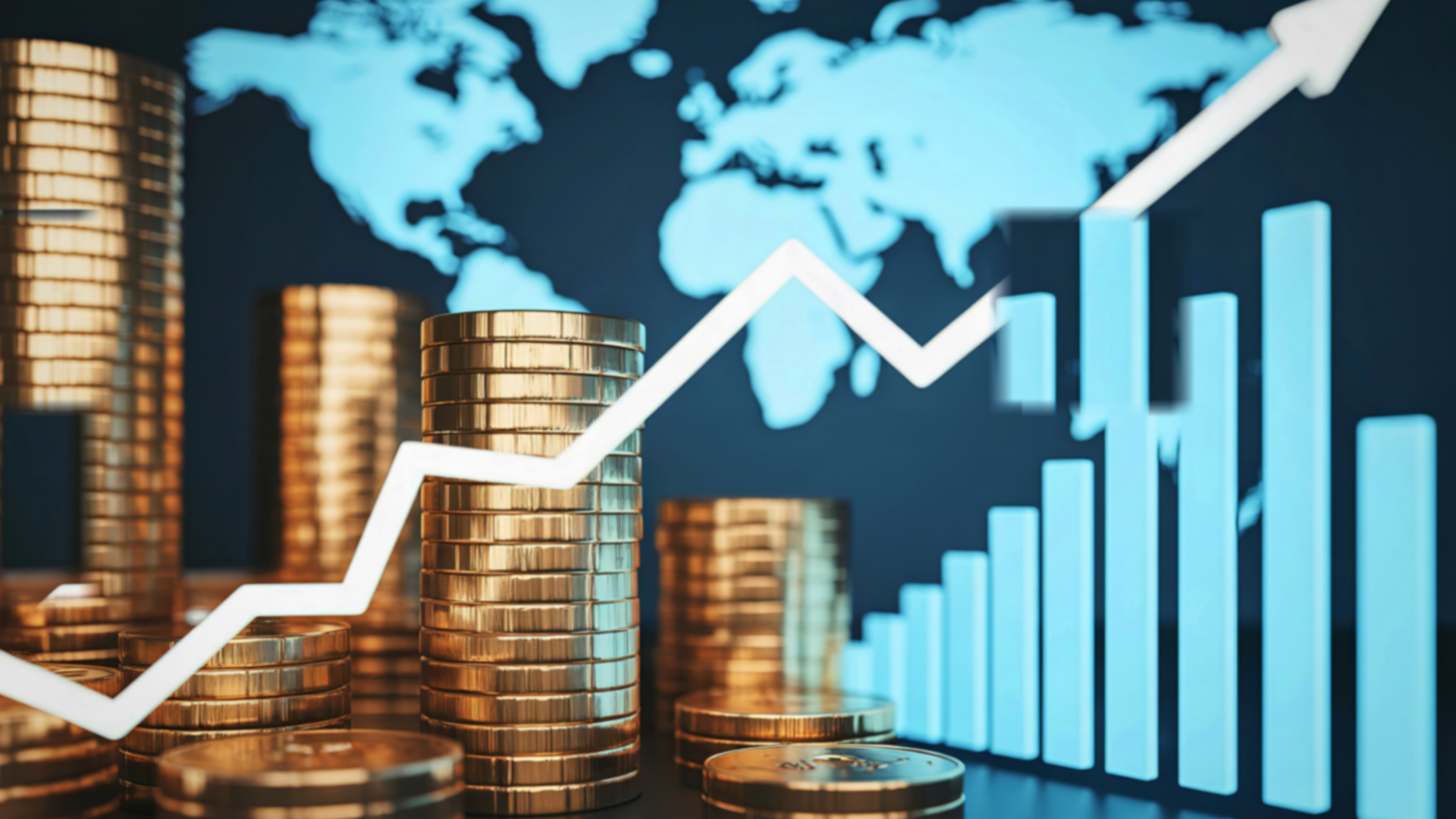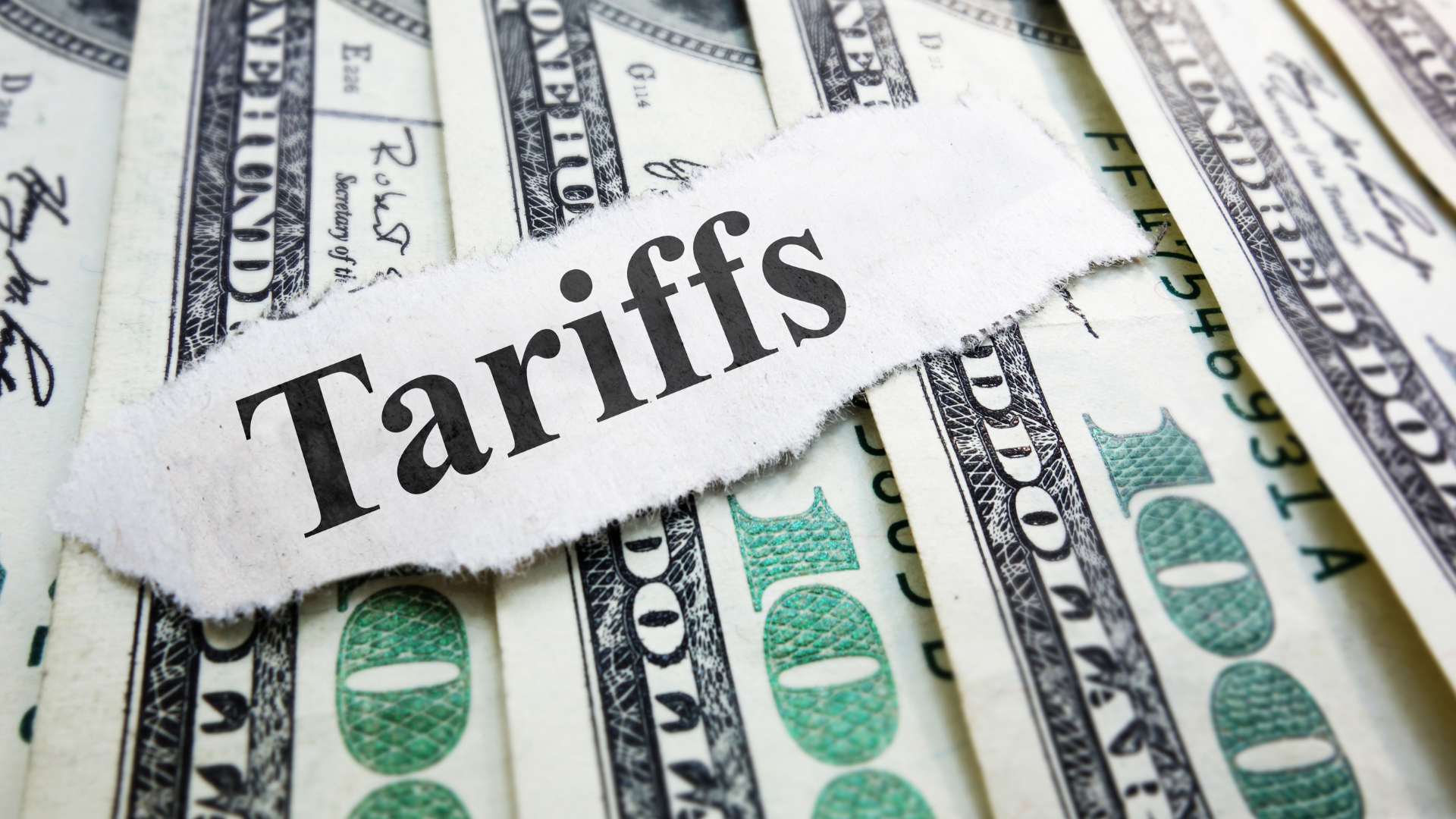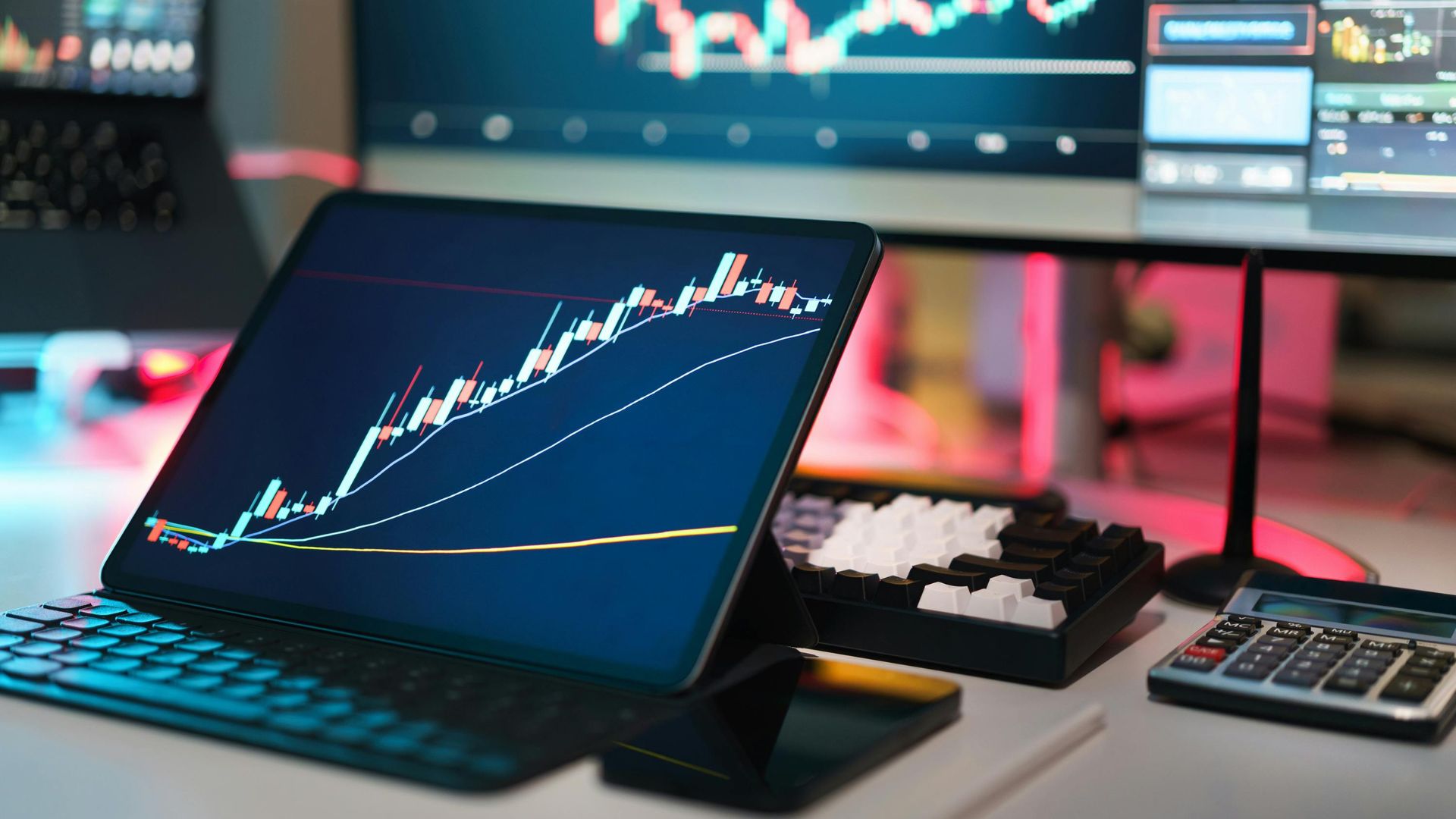Whether you’re completely new to trading or you’re looking for a new approach in search of extra profits, it is very tempting to be lured into using Automated Trading Systems in the belief that profits will start to flow. Sadly, making consistent profit from trading is not that easy. While companies promoting these systems boast about “user-friendly, robust, unique systems which enable you to never miss a prime trading opportunity ever again”, there are actually many valid, practical reasons why these automated systems can never provide the promised rewards.
Before we get into why they don’t work, we will examine the reasons why individuals sign up to automated trading strategies in the first place, often paying a monthly fee, no matter how much profit or loss the strategy generates. Companies selling these automated systems do a great job in enthusing potential buyers with the promise of quick and easy rewards. It is not uncommon for people to strive for maximum reward while only exerting minimum effort (or having minimal understanding of the task at hand) and this attitude is cleverly leveraged by these companies. They dangle the carrot of big, quick and easy profits, but without an understanding of what you’re doing or how markets work, the chances of success are very small indeed.
There are many reasons why these automated strategies fail to work most of the time.
Firstly, most strategies are designed by looking back and making the strategy generate profits based on PAST price moves. This is called “curve fitting”. It is easy to create a profitable strategy by fitting it to historical data, but unfortunately, markets are always changing and the market conditions that generated these impressive back-tested paper profits will surely change over time, rendering the strategy useless.
Markets continuously evolve through structural and cyclical changes. Financial markets are fluid, they keep changing as the world changes, so no single strategy will always work well. It is simply impossible to program a trading strategy for every possible market condition. Trading strategies stop working because the market changes, leading to the trading strategy falling out of sync with the market. The odds of success are still very small even when using a trading robot.
There is also behaviour called Survivorship Bias. In this case, when creating a new strategy, traders and analysts only consider the successful strategies (that have generated historical profits) and ignore those that performed badly in the past. This leads to incorrect conclusions and poor performance of these strategies in the future.
Finally, you have the costs of trading. While automated trading strategies may boast that all trading costs have been included in their performance data, any trader knows that there are many factors that can increase the cost of trading. Commissions can usually be anticipated in advance to a certain degree of accuracy, but there are more significant issues to bear in mind. The exact timing of each trade is critical. A back-tested strategy will assume trades are executed at a specific time and price, but a lot can change when trading in real-time. Firstly, the bid-ask spread may widen (costing you more money) and your trade entry/exit may be adversely affected by slippage. Slippage occurs when trades are executed at a worse price than expected due to fast-moving markets or even an inefficient broker. It’s simply not possible to control all these significant unknowns, and costs of trading can transform a successful-looking back-tested strategy into a disastrous live-traded strategy.
There’s a very wise quote from Samuel Goldwyn, the American Film Producer from the early 1900s “The harder I work, the luckier I get.” Of course, this is not what he’s saying at all. He’s simply being modest. What he’s actually telling us is “The harder I work, the greater my knowledge and skills become, and the more successful I become as a result.” This is the same with any aspect of life, including trading. At the end of the day, the single biggest reason that most traders fail to make money is lack of knowledge. But of course, this can be solved. With a bit of hard work and additional cost, you can get to understand how financial markets work and how to build a consistently profitable strategy, but so many people prefer to take the easy route by letting someone else – or an automated trading strategy – do the work for them. If you want to be successful in trading, go get some education, understand what you’re doing and the profits will come.
Next Steps
Start developing your profitable trading strategy through a combination of fundamental analysis and technical analysis by enrolling on one of our award-winning, accredited trading courses.





